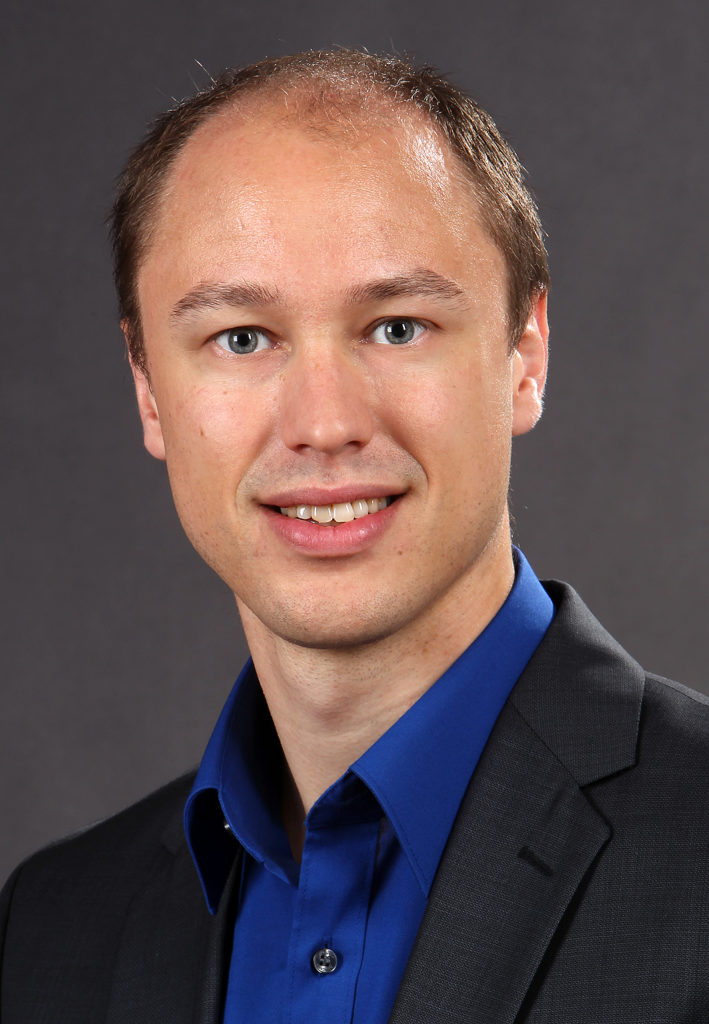Imaging valence and excited states of molecular materials in momentum space
Benjamin Stadtmüller
Department of Physics and Research Center OPTIMAS, University of Kaiserslautern, 67663 Kaiserslautern, Germany

Abstract
In the last decade, molecular materials have emerged as highly tunable class of materials with the potential to complement inorganic semiconductors for future electronic and light harvesting applications. However, the implementation of molecular based devices is still severely limited by our poor understanding of the transport and optical properties of these materials. To gain more insights into these material properties, momentum-resolved photoemission has been established as a powerful tool to study the molecular band structure of molecular films and to uncover the degree of localization of molecular valence orbitals by their characteristic emission pattern in momentum space, see e.g. Fig. 1a. Here, we will demonstrate the potential of momentum microscopy (PEEM operated in k-space mode) for molecular spectroscopy.

First, I will focus on the valence band structure of molecular films and reveal the formation of an atomic crystal-like band structure in fullerene thin films and discuss the adsorption-induced modifications of the molecular and the metal-side of metal-organic hybrid systems.
Subsequently, I will turn to the excited state dynamics of molecular materials which is dominated by charge transfer and Frenkel excitons. For these investigations, we combine two-photon photoemission with momentum microscopy. This new approach of time-resolved two-photon momentum microscopy (tr-2PMM) allows us to study the excited state dynamics of surfaces and low dimensional materials [1]. For molecular spectroscopy, we have upgraded our setup with a new bichromatic pump-probe scheme with optical pump and UV probe beam as shown in Fig. 1b. This new combination enables us to access the momentum space signatures of optically excited excitons and to gain insights into their spatial distribution in molecular thin films. Here, I will provide a first glimpse onto the exciton dynamics of molecular thin films in momentum space using the fullerenes C60 [2] and Sc3N@C80.
Video Preview
References
[1] F. Haag et al., Rev. Sci. Instr. 90, 103104 (2019)
[2] B. Stadtmüller et al., Nat. Commun. 10, 1470 (2019)
Speaker Info
Benjamin Stadtmüller studied physics at the University of Würzburg. Afterwards, he moved to the Peter Grünberg Institute (PGI-3), Research Center Jülich, Germany, to join the group of Christian Kumpf, first as Ph.D. student from 2009-2012, and subsequently as a postdoctoral researcher. In 2014, he joined the group of Martin Aeschlimann at the University of Kaiserslautern. Since 2015, he is an assistant professor (W1) in the department of physics at the University of Kaiserslautern working on ultrafast phenomena in molecular hybrid materials and magnetic systems.
